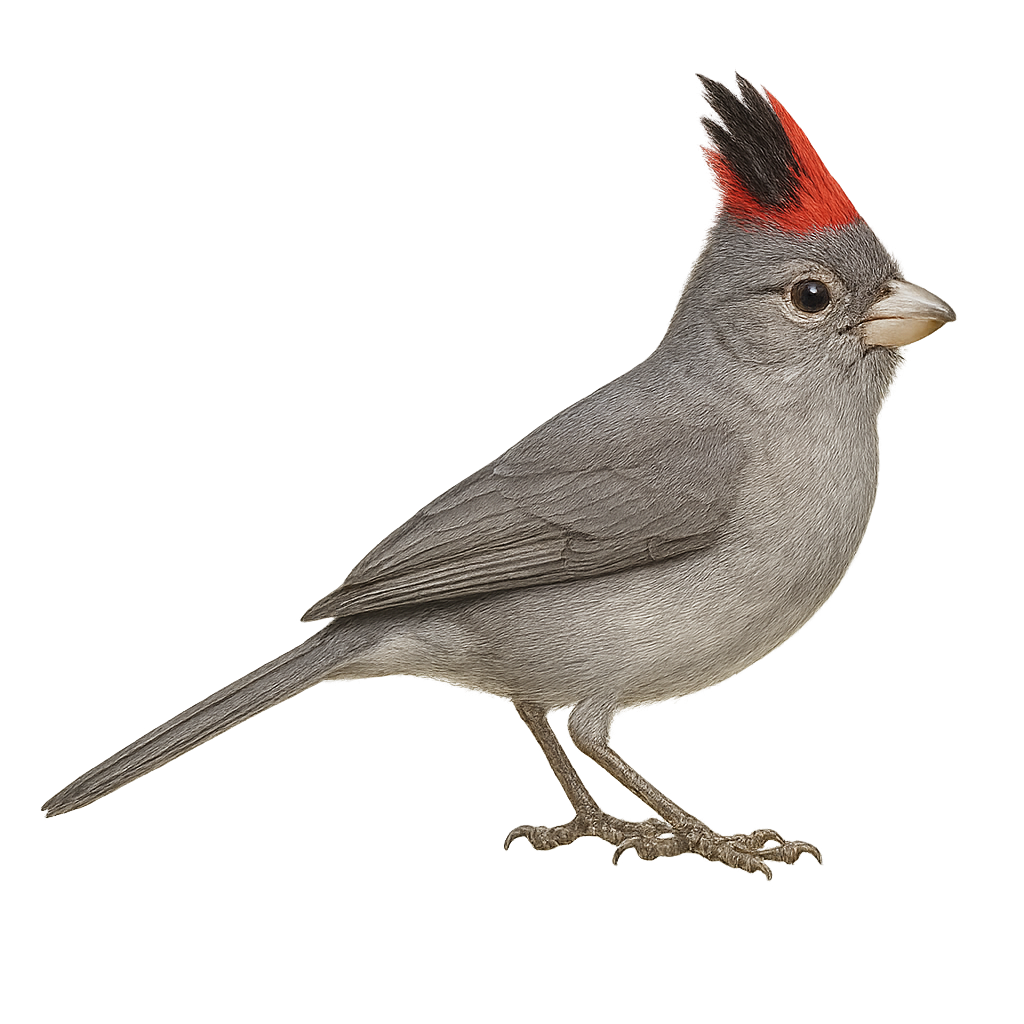Your wildlife photography guide.
Explore the pileated finch in detail, study its behavior, prepare your shots.
Where to observe and photograph the pileated finch in the wild
Learn where and when to spot the pileated finch in the wild, how to identify the species based on distinctive features, and what natural environments it inhabits. The WildlifePhotographer app offers tailored photography tips that reflect the pileated finch’s behavior, helping you capture better wildlife images. Explore the full species profile for key information including description, habitat, active periods, and approach techniques.
Pileated Finch
Scientific name: Coryphospingus pileatus

IUCN Status: Least Concern
Family: THRAUPIDAE
Group: Birds
Sensitivity to human approach: Suspicious
Minimum approach distance: 5 m
Courtship display: October to January
Incubation: 12-13 jours
Hatchings: October to February
Habitat:
Open woodlands, savannas, shrubs
Activity period :
Primarily active during the day, with peak activity in the morning and late afternoon.
Identification and description:
The Pileated Finch, or Coryphospingus pileatus, is a small bird with distinctive plumage, primarily bright red on the head and body, with shades of gray on the wings and tail. It is often observed in wooded regions and savannas of South America, notably in Brazil, Bolivia, and Paraguay. This passerine is known for its melodious song and its ability to adapt to various habitats, although it prefers open areas with bushes and sparse trees. It primarily feeds on seeds and insects, which it finds by foraging on the ground or exploring low vegetation. The Pileated Finch is a sociable bird, often seen in small groups or pairs, especially during the breeding season.
Recommended lens:
400mm – adjust based on distance, desired framing (portrait or habitat), and approach conditions.
Photography tips:
To photograph the Pileated Finch, opt for sunny mornings when natural light highlights the vivid colors of its plumage. Use a 400mm lens or longer to capture detailed images from a distance without disturbing the bird. Be patient and discreet, as this bird, while sociable, can be suspicious of intruders. Look for it in open areas with bushes where it often feeds.
The WildlifePhotographer App is coming soon!
Be the first to explore the best nature spots, track rutting seasons, log your observations, and observe more wildlife.
Already 1 430 wildlife lovers subscribed worldwide

